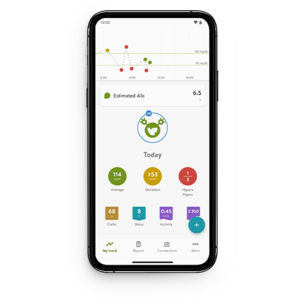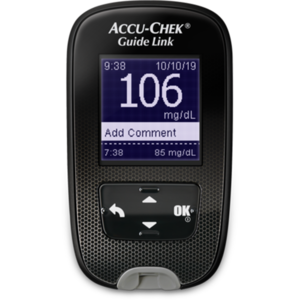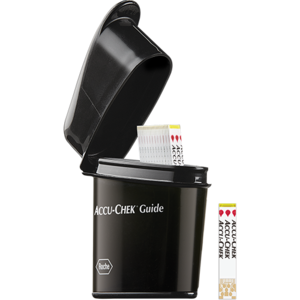The effects of physical activity on glucose levels depends on many factors, such as the type of activity or how long you’re active. Exercise can lower blood sugar 24 hours — or even more — after a workout. That’s because it makes the body more sensitive to insulin.
Checking blood sugar before and after exercise helps you understand how your body responds to specific activities. Knowing your unique patterns can help you prevent highs or lows.
Here are five ways you can manage blood sugar for your next workout.
1. Test First
If you take insulin or other medicines that can lower blood sugar, test 15 to 30 minutes before a workout. Blood sugar levels under 100 mg/dL mean you need to wait to exercise. For most people, 100 to 250 mg/dL is a safe pre-exercise blood sugar range.2
If your blood sugar is above 250 mg/dL, it’s too high to exercise safely. Take measures to correct blood sugar levels and wait to work out until your blood sugar is in the safe range again.2
2. Eat Beforehand
Even if you perfectly time insulin doses with exercise, you may still need extra carbs to prevent lows. Everyone’s body is unique. Checking blood sugar before, during and after your workout can help you figure out the right plan for you.
3. Know the Signs
If you start feeling weak, confused or shaky, stop exercising. Check your blood sugar. If it’s under 70 mg/dL, don’t exercise anymore until you raise your blood sugar.
For longer workouts, plan to check blood sugar levels every 30 minutes.
4. Be Prepared
Always have emergency supplies on hand — something to eat or drink with around 15 grams of fast-acting carbs to raise low blood sugar. Good options include:2
- ½ cup of fruit juice
- Glucose gel or tablets
- ½ cup of a non-diet soft drink
- Hard candy (check the label for carbs per serving)
5. Test Afterwards
Check your blood sugar after exercising and for the next few hours. The harder your workout, the longer it affects blood sugar — even four to eight hours later.






